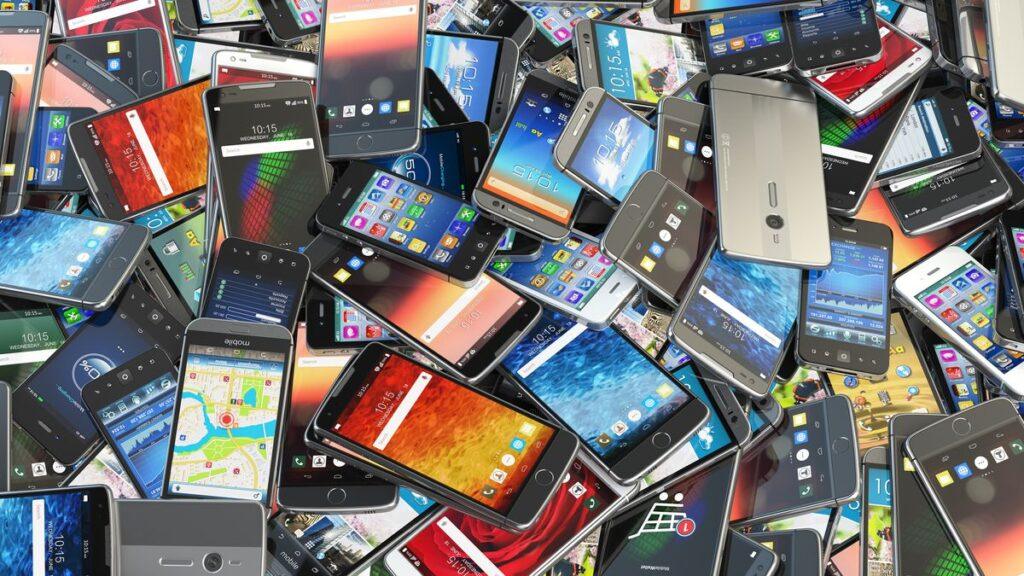- Phone-Based Maps Globally Outperform Klobuchar’s Traditional Ionospheric Model
- Neglected regions like Africa benefit from improved ionosphere data
- Geomagnetic storms are tracked with high precision using smartphone networks
Mapping the ionosphere is critical to improving the accuracy of navigation systems, but existing methods face significant limitations. While ground-based GNSS stations provide detailed maps of ionospheric total electron content (TEC), their coverage is uneven, leaving large gaps in underserved regions.
Now, researchers at Google Research, Mountain View, CA, USA, have demonstrated an innovative solution that uses millions of Android smartphones as a distributed network of sensors in a study published in Nature.
Despite being less precise than traditional instruments, these devices effectively double measurement coverage, delivering accurate ionosphere data and addressing long-standing infrastructure disparities.
The influence of the ionosphere on navigation.
The ionosphere, a layer of ionized plasma that extends from 50 to 1,500 kilometers above Earth, significantly impacts Global Navigation Satellite System (GNSS) signals by introducing positioning errors. However, traditional ground-based GNSS stations, while accurate, suffer from limited spatial coverage and leave underserved regions vulnerable to inaccuracies.
Google Research takes advantage of the billions of smartphones equipped with dual-frequency GNSS receivers to address coverage gaps. Unlike conventional GNSS stations, smartphones are mobile, widely distributed, and capable of capturing large amounts of data.
By aggregating and averaging measurements from millions of devices, the researchers achieved accuracy comparable to that of dedicated monitoring stations, and even resolved phenomena such as solar storms and plasma density structures.
The Android GNSS API made it easy to collect data from satellite signals, such as travel times and frequencies, which were then used to estimate total ionospheric electron content (TEC).
The study showed that while measurements from individual phones are noisier than those from monitoring stations, their collective data provided robust and reliable results.
Comparisons showed that the phone-based TEC model outperformed existing methods such as the Klobuchar model, widely used on mobile phones.
Using data from Android phones, the researchers doubled the measurement coverage of the ionosphere compared to traditional methods and were able to map plasma bubbles in India and South America and storm-enhanced density in North America during a geomagnetic storm in May. 2024.
They also observed mid-latitude depressions over Europe and equatorial anomalies, a phenomenon that was previously inaccessible due to poor station coverage.
In particular, regions such as India, South America and Africa, often neglected by traditional monitoring networks, benefited significantly from this approach, which produced high-resolution TEC maps in real time.




